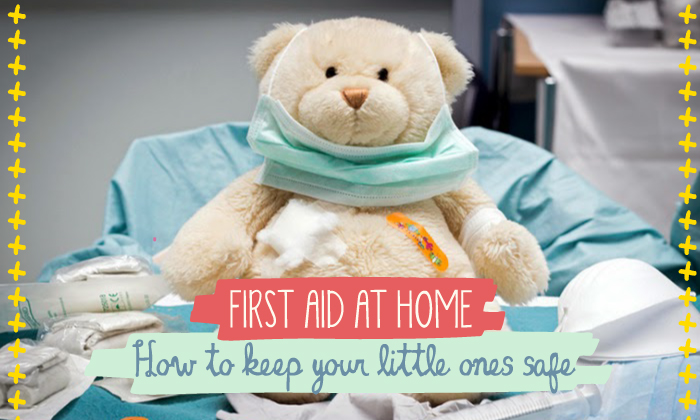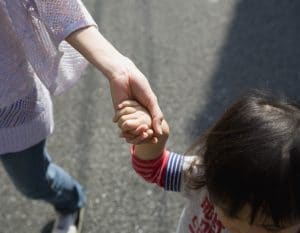
 Post Category - ParentingParenting - Post Category - BabyBaby - Post Category - Toddler & PreschoolerToddler & Preschooler
Post Category - ParentingParenting - Post Category - BabyBaby - Post Category - Toddler & PreschoolerToddler & Preschooler Post Category - WellnessWellness - Post Category - HealthHealth
Post Category - WellnessWellness - Post Category - HealthHealthWe’ve teamed up with the expert doctors at International Medical Clinic (IMC) to let you know the best first aid response in the event of a child’s medical emergency!
Accidents cause large numbers of deaths and serious injury in young children. Many are preventable through awareness and adoption of safe practices at home. However, when accidents happen despite our precautions, knowing what to do is important. While you should always dial 995 (emergency paramedics) in the event of a medical emergency, here are the best ways to respond to common paediatric emergencies.
Cardiopulmonary Resuscitation (CPR)
Remove your child from the source of injury to safety. The immediate concern is to check his responsiveness and vital signs. If there is no response or signs of breathing, get someone to contact the emergency medical services immediately, whilst you start basic cardiopulmonary resuscitation (CPR). If you’re alone, commence CPR for two minutes before seeking help. Firstly, ensure your child’s Airway is clear of obstruction. Then look, listen and feel for signs of Breathing. If there is no breathing, lift the child’s chin, cover the nose and blow 2 breaths of one second’s duration through their mouth. Support your child’s Circulation by applying cardiac massage in synchrony with delivered breaths, and use firm pressure over any bleeding.
Choking
An exception to this sequence is witnessed choking. Turn your child’s face down over your thigh and deliver five back blows between the shoulder blades with your palm, followed by five chest thrusts. Repeat until the object is dislodged. If unconscious but breathing, turn him onto his side and await the arrival of the ambulance. Knowledge of CPR requires formal hands-on training, with suitable courses available at the Singapore Red Cross. If your child is crying and responsive, it is likely that his vital functions are stable. First aid tailored to the injury can be applied, guided by the mechanism and circumstances of injury.
Falls
In falls, head injuries are the most serious. Check your child’s consciousness level and ability to obey commands. Red flags include drowsiness, persistent vomiting, or significant bruising. If present, avoid food or drink and seek medical attention immediately. Broken bones can happen with falls and present with swelling, deformity or reluctance to move the limb. Splint the fracture with a straight stick and bandages and administer panadol for pain relief.
Burns or Scalds
Burns or scalds are managed by placing the affected area under cool running water, applying cold compresses and a clean dressing, and panadol for pain relief. Burns in a young infant or in an older child should always be brought to medical attention.
Poisoning
With accidental poisoning, keep calm, note the time it happened and bring the bottle of toxic substance with you to seek immediate help. Do not try to induce vomiting or give “antidotes”. A period of observation in hospital may be necessary even if your child appears well as some toxic substances have a delayed effect.
![]()
For more info on emergency preparedness for your little ones, visit IMC’s renowned Paediatric Clinic to chat with their friendly team of international doctors!
International Medical Clinic (IMC)
Camden Medical Centre, 1 Orchard Boulevard, #14-06, Singapore 248649, Tel: (+65) 6733 4440 or
International Medical Clinic, Jelita
293 Holland Road, #02-04 Jelita Shopping Centre, Singapore 278628, Tel: (+65) 6465 4440, www.imc-healthcare.com






 View All
View All





 View All
View All











 View All
View All






